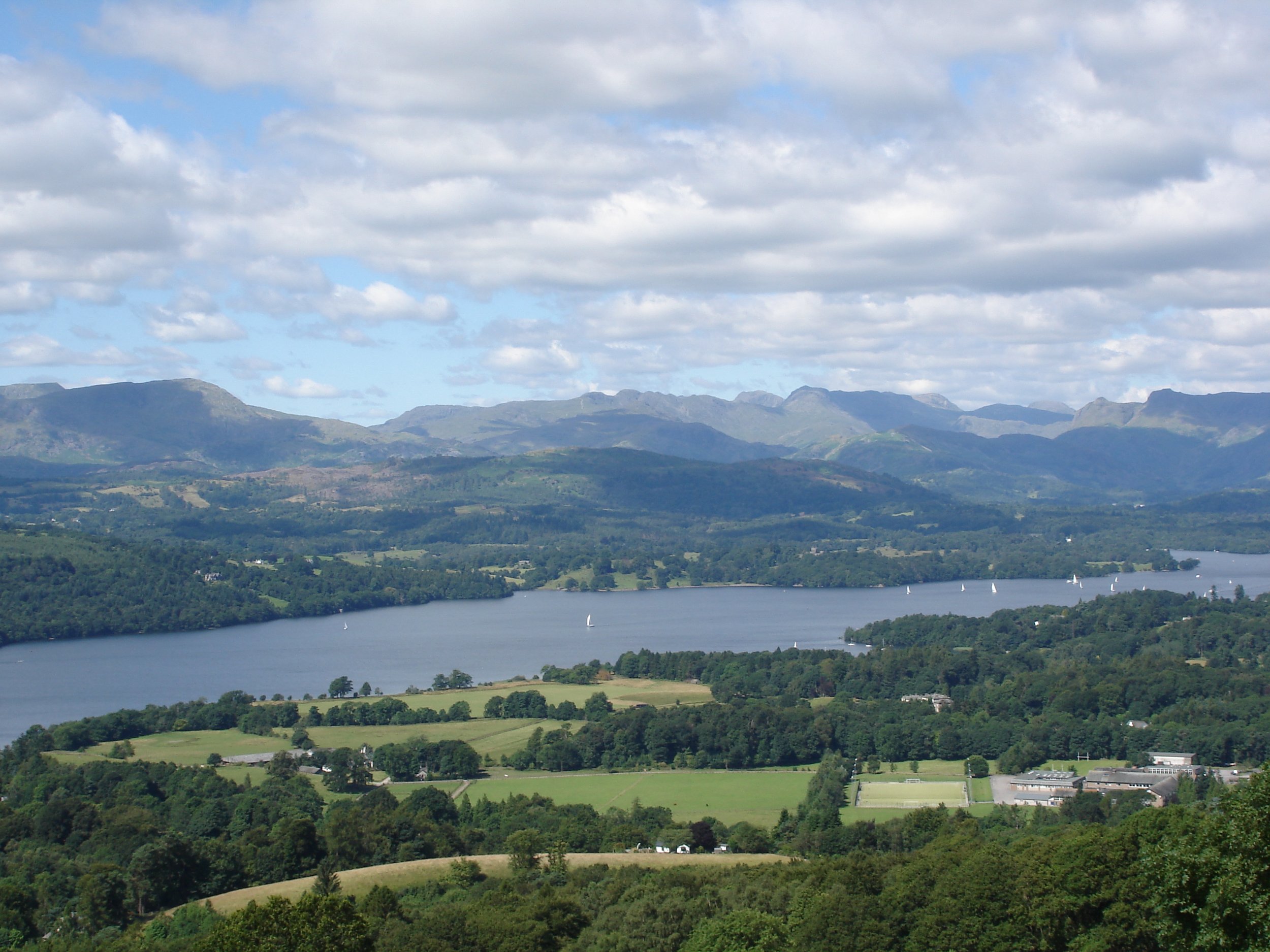Water Standards at Windermere Plummet. Is United Utilities to Blame?
Lake Windermere is the UK’s largest natural lake and one of its most beautiful – an iconic feature of Cumbria’s Lake District National Park.
Only 3% of samples collected from Lake Windemere this year met minimum environmental standards, compared to 58% in 2022.
Unfortunately, a recent survey shows a worrying rise in pollution in Lake Windermere. Samples from the lake’s shoreline, together with other lakes and rivers in its network, showed higher levels of phosphorous in August compared to 2022.
Only 3% of samples collected from Windemere’s shoreline met minimum standards under UK legislation, according to scientists. In June 2022, this was 58%...
Public frustration is rising. Since the launch of the five Big Windermere Surveys last year, over 300 volunteers have already joined. The survey, which is headed by Lancaster University and the Freshwater Biological Association, carries out one-day snapshots of conditions each season.
Scientists also commented that higher phosphorus concentrations in the lake are “significant for the ecology of the lake, with phosphorus being one factor linked to the growth of algae within Windermere”.
Worse still, a third of sites surveyed turned out to contain a higher concentrations of E.coli or intestinal enterococci bacteria.
Scientists clarified that these bacteria live in human intestines as well as animal. Their presence in a sample strongly suggests the contamination of water by faecal material.
Senior lecturer at Lancaster University, Dr Ben Surridge, said that it was “hard to pinpoint individual pollution sources,” as this would require a “completely different piece of research”.
The main suspects, however, are water companies - and United Utilities in particular.
The major difference between this August and the last was the amount of rainfall, which was “about 10 times higher than in June 2022”, said Surridge.
“This may have increased the input of pollutants, including phosphorus and bacteria, to rivers and lakes from a number of sources in the catchment.”
“These include increased release of wastewater from mains sewerage networks and from private wastewater treatment infrastructure, such as septic tanks, and increased runoff from agricultural land and from other land surfaces,” he went on to explain.
Despite public uproar, water companies are continuing to discharge vast quantities of raw sewage from their networks and into public bodies of water. This disgusting behaviour peaks during periods of heavy rainfall.
In 2019, UK water companies discharged raw sewage over 200,000. By 2022, new data showed that untreated sewage was dumped in the UK’s waterways over 300,000 times.
United Utilities was the greatest contributor to this effluence in 2022, accounting for 66,245 sewage overflows – an equivalent of 189.7 times a day. The company is the largest water and wastewater services providerin the North West, responsible for supplying the homes and businesses around Windermere.
Emma Kelly, who is Windermere project officer at the Freshwater Biological Association, announced that these recent findings at Windermere would be used as part of ongoing work with the Love Windermere Partnership. The Partnership includes the Environment Agency, the Lake District National Park Authority, the National Trust, and United Utilities.
Andy Brown, Chair of Love Windermere, said “continuous, real-time monitoring, combined with historical data going back decades” would be required to identify where solutions were needed.
"Businesses, residents and tourists all have a part to play in improving water quality in Windermere. By working together, the Love Windermere partnership is determined to balance the needs of people, the economy and the environment", he pointed out.
Big Windermere Surveys together with Love Windermere are continuing to encourage volunteers to take part in the next survey taking place at the end of November, in order to tackle this rising problem.

